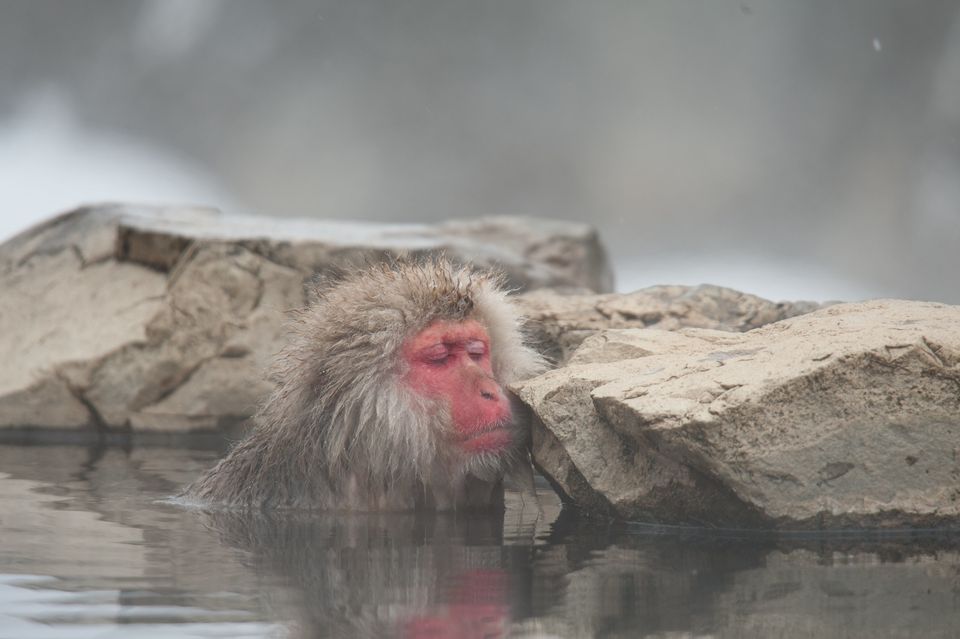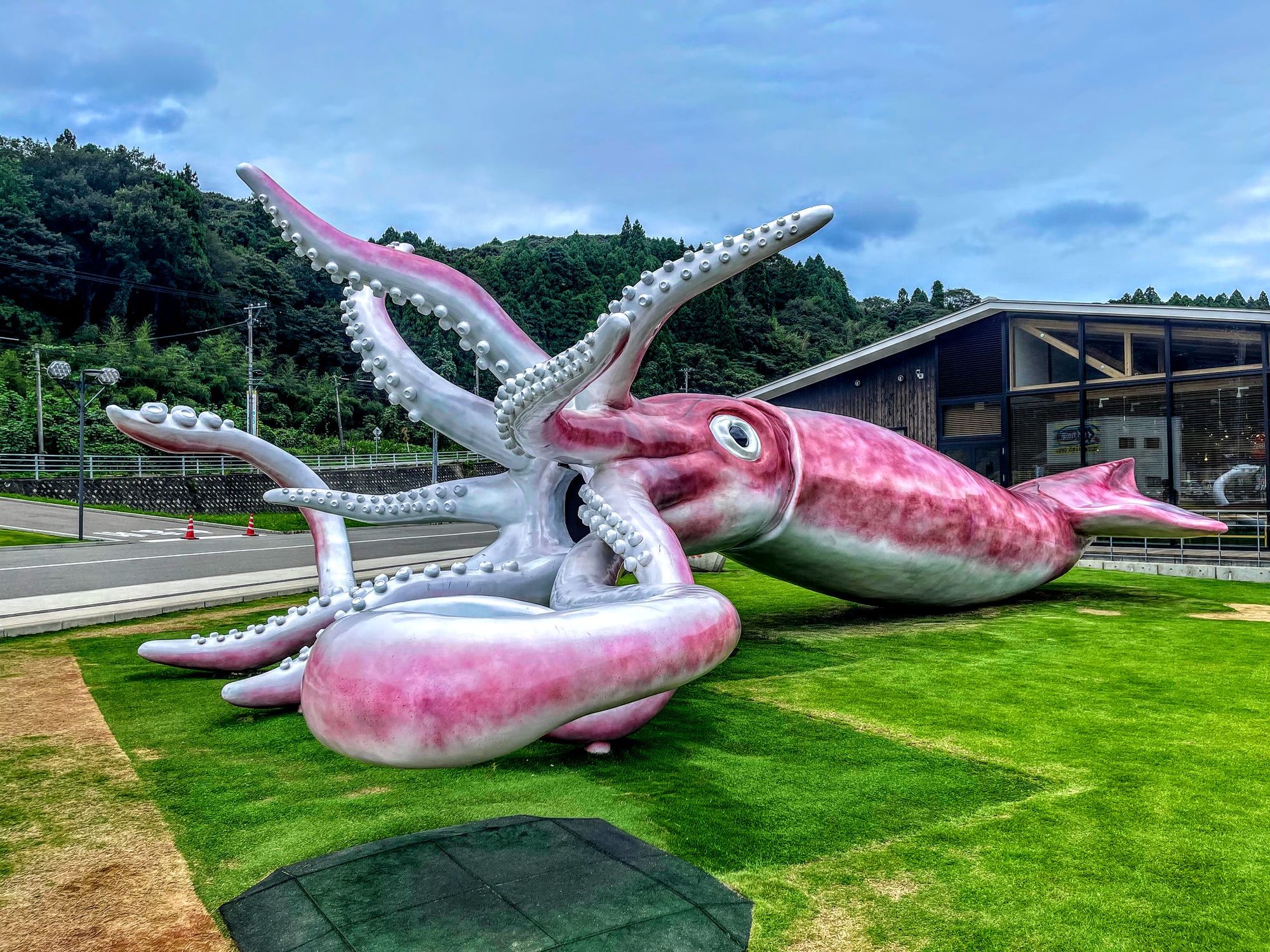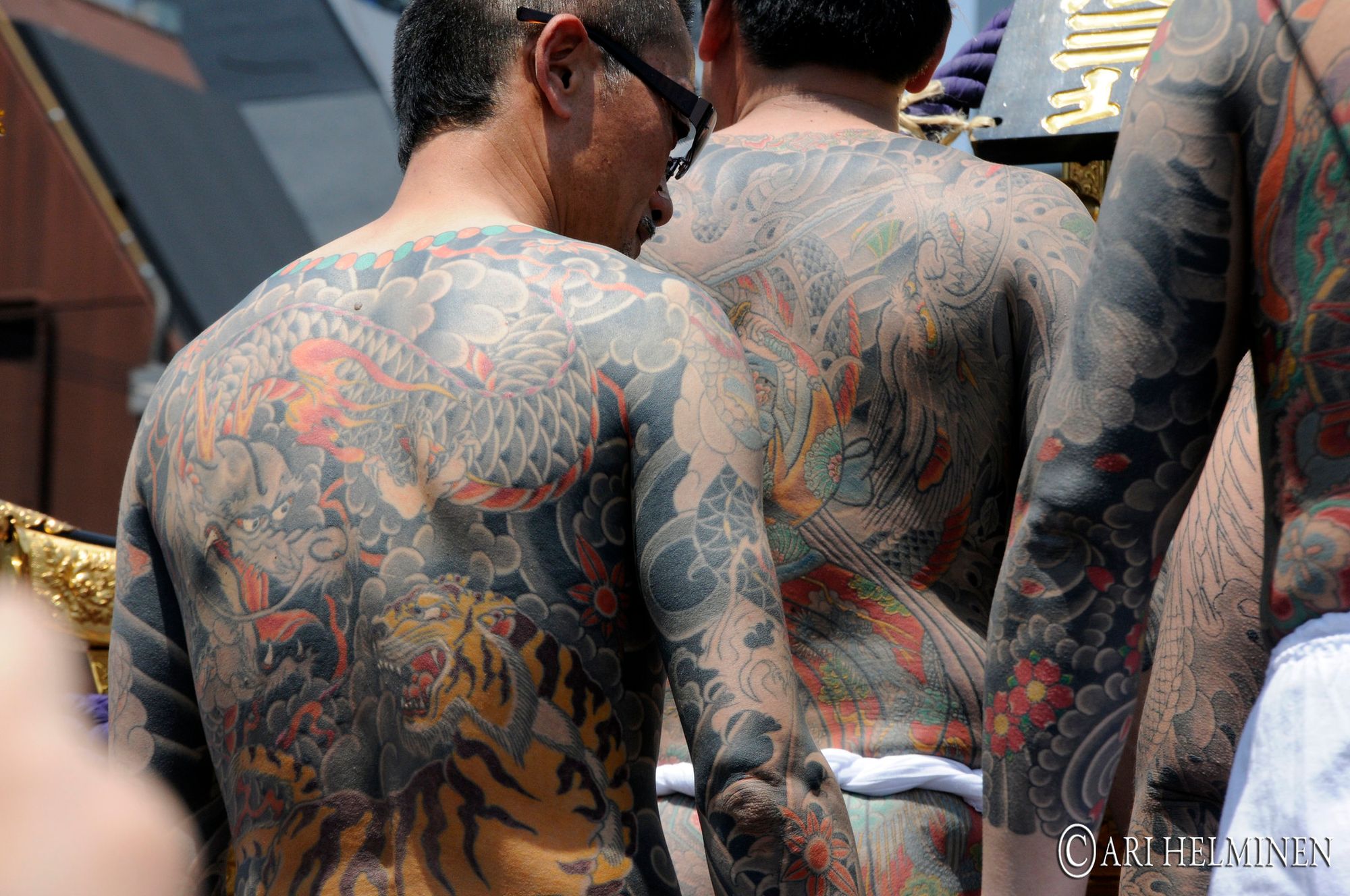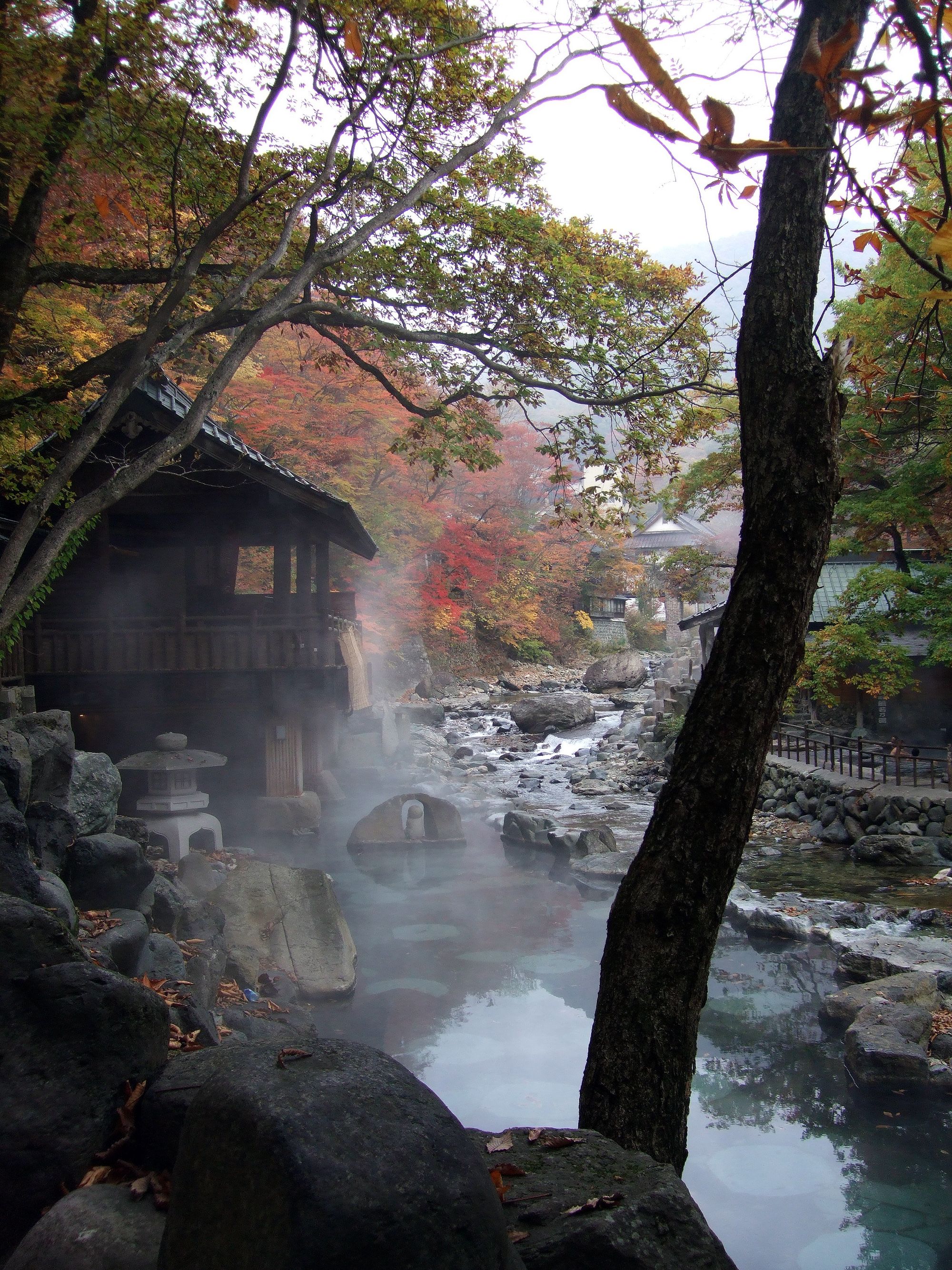A peek into Japan’s Hot Springs (Part 3)

Editor’s note: This is the third of a three-part article. Part 1 and Part 2 painted the history of onsens and the science behind them. In this article we take a deep-dive into the business of onsens.
Onsen as a Business
Despite all the hype in Part 1 about onsen being an integral part of Japanese culture, as a business, onsens are now a struggling sector. There are a multitude of reasons that we will touch upon. Honestly, this is the part I enjoyed writing the most.
The wells are running out
Many of Japan’s 4,000 onsens are fighting to survive. The water outflow from their aquifers is dwindling and in some places the aquifers have completely run out. The root cause of this problem is overpumping.
The aquifers that feed an onsen are replenished by rain and meltwater that slowly permeate through hundreds of meters and collect in enough volume to be pumped out. Overpumping then, is the onsen equivalent of overfishing - the source gets depleted faster than it can be replenished.
Many onsens have been flowing for decades, if not centuries, so onsen operators and the government have traditionally seen these wells as an infinite source rather than a finite resource that needs to be managed. This leads to a lot of water wastage in onsen.
Water pumped from the ground must go somewhere. Municipalities often stipulate that the water be treated and released into the city’s sewage systems. At this point, we have already moved the sink away from the source. Once taken out of the aquifer, the water does not go back.
Onsens too run on the law of supply and demand. Once an onsen becomes famous it attracts competitors. Competitors drill their own wells and pump onsen water into their resorts and hotels. At this point the consumption (and wastage) has doubled.
Now, because both onsens are pumping water from the same underground source, the water table falls. When the water table falls, one of the operators brings in boring equipment and drills deeper to follow the water. Soon, the other operator runs out of water and bores even deeper. You get the idea – it’s a race to the literal bottom.
Several traditional onsens that survived for centuries are now shutting down because they can’t pump up enough water, the water isn’t hot enough, or the concentration of dissolved matter has changed.
We took a step back and asked ourselves this: How did we end up with this overnumerousness of onsens at all? Shouldn’t this resource have been better managed?
The answer to that question probably lies in the Hot Springs Law and an interesting government program called the Hometown Business Creation Program (ふるさと創生事業). More on this very shortly.
Shaky Value Proposition
Not all onsen are created equal.
One common refrain from onsen-goers is surprise that some onsens are even called onsens.
We spoke with Kazu (40), an office worker in Tokyo, who recently visited an onsen in Chiba prefecture with his family. Kazu didn’t particularly do a lot of research about the onsen, other than looking at photos online.
When they reached Chiba, the onsen looked nice and the staff were welcoming. However, when they entered the bath all they could smell was chlorine.
The Hot Spring Analysis Certificate was right at the door and certified they were at a legitimate onsen, but they couldn’t shake off the feeling of a substandard experience.
Kazu and his family are not alone. Across Japan, this has become a theme that resonates with many.
Asking how Japan ended in this place where people question the legitimacy of an onsen, led us down some very interesting rabbit holes.
If you’ve read our other articles, you know we love writing about unintended second-order consequences of rules. Well, we found those here too!
The Hometown Business Creation Program
The Hometown Business Creation Program was created in 1988-89 when Japan’s economy was at its zenith and money was flowing like water from a firehose.
The Japanese government, in an effort to utilize some of this money and encourage creativity, decided to give 100 million yen ($2.1 million in today’s money) to every one of Japan’s 3100 municipalities. The only rule on how they could spend this money was “There are no rules”.
Honestly, the next few paragraphs are a tangent and have nothing to do with onsen, but this is just too good to not write about.
If you ever need an example for why throwing money and expecting “innovation” to happen doesn’t work, use this one.
Municipalities had no clue what to do with this sudden windfall. Many used the money to subsidize local taxes for residents. Some used it to upgrade infrastructure and services. Some used it to upskill employees and residents.

Adventurous municipalities invested in building things like this “Squid Monument” that made people scratch their head. (Fun fact: the same city built yet another squid monument with COVID emergency funds to attract post-pandemic tourists)
The one that took the cake though, was Sennan, a village of about 9,000 people in Akita prefecture. A bunch of officials sat down, had serious meetings, probably many of them, and decided the village was best served by plowing 2 million dollars into… a cabaret venue.
Coming back to the main line, many municipalities decided to invest in onsen. In all, 300 municipalities used the money to build onsen resorts in a bid to attract tourists and provide employment opportunities.
One thing I’ve observed about the Japanese corporate psyche is that once things are decided, almost nobody questions things or stops to think if the decision still makes sense.
In 1988, it cost 10 million yen to drill 100 meters. Many of these 300 municipalities were not in onsen-rich areas but since someone high up decided they should have an onsen, they used their war chest and drilled all the way to 1,000 meters, till they struck water.
Onsens drilled like this had very low outflow. But sunk-investment fallacy kicked in and in an attempt to make the best of the bad, they invested in boilers that would collect the onsen water, heat it, and then send it to the baths.
This worked. Till people started dying.
Turns out, circulated water was a great breeding ground for legionella bacteria that causes Legionnaires’ Disease.
Stuck between not wanting to throw it all away and not wanting to kill people, the cheapest way of fixing the problem turned out to be chlorination. Treating the onsen water with chlorine killed the bacteria, but also made the water smell of, well, chlorine.
And that, is why Kazu’s family had such a terrible experience.
Labor, the Economy, and Hard Decisions
In a country facing a plummeting birthrate, a shrinking economy, and skewed demographics, small businesses struggle to survive.
Despite being the world’s third largest economy, Japan is a teetering giant pushed forward by momentum from three decades ago. For three decades the economy defied inflation and stayed deflationary. Prices remained frozen in time and so did wages.
This problem is so painful that it is an explicit goal of the Bank of Japan to bring inflation up to 2%.
That finally happened in early 2023 due to various macroeconomic factors (pandemic, post-pandemic spending, Russia’s invasion of Ukraine, etc.) and Japan found out that inflation is painful too.
Now, in an inflationary environment where household spending is straining against income, spending for an onsen trip is a luxury fewer people can afford.
Labor
Not only is labor more expensive in a post-pandemic world, it is also harder to find skilled employees due to Japan’s skewed demographics.
Working at an onsen is hard physical labor, long hours, and not really enough pay. Onsen are often located far away from cities and offer few other employment opportunities. All this makes it hard to attract and retain talent.
Tapping into talent in the family is also difficult. Onsen owners are finding that their children do not want to take over the business. In many cases, the owners themselves don’t want their children to take over the business.
As costs go up and margins go down, they do not want their children to take on such a difficult business and would rather shutter the onsen.
This is often an agonizing decision, considering many onsens have been in the family for over 300 years.
Onsens and Globalization
As Japan’s population declines, the onsen business is more dependent on foreign tourists.
For small onsens, this brings its own issues. The world-famous Japanese hospitality has a large language element to it. Providing the same level of hospitality across languages and cultures is something many small businesses strive for, but struggle with.
In a survey of overseas visitors, 71% said they planned to visit an onsen. The world’s fascination with Japan’s onsens is strong. Considering that almost 10 million visitors visited Japan in the first 6 months of 2023, that’s a lot of foreign tourists that visited an onsen.
In writing this article, one of the people we spoke to was Harshal, a tour guide and travel expert in Tokyo. Harshal specializes in highlighting the less-seen facets of Japan to his (often affluent) overseas clientele. Many of his clients have seen Japan’s onsens on social media and want to experience it for themselves and are ready to pay for the privilege.
Harshal runs into problems almost every week, trying to get them this experience.
“You hear these stories of how onsens are shutting down left right and center and want to do something to keep this beautiful tradition going. But the hurdles some of these places throw at you… you would almost think onsens don’t want your money”.
Many of his clients are from North America and Europe and have tattoos. This makes them ineligible to enter onsen.

In Japan, tattoos are generally associated with the yakuza (Japanese organized crime groups). Businesses have a “No service for tattooed customers” rule to keep away such customers.
Even if you are obviously not a member of the yakuza, entry is allowed only on one condition - you must fully cover up every tattoo with stickers.
One can imagine how well that goes down with Harshal’s clients.
Such antiquated business practices unfortunately do not offer the leeway or empower staff to decide that the cute dolphin tattoo on your back doesn’t make you a gangster. Foreign visitors are often caught off-guard by such rules.
There are also other cultural complications that this new clientele brings. Friends traveling together want to enjoy onsen but aren’t comfortable getting naked in front of each other. In other countries like Taiwan, it is customary to enter the bath in a bathing suit, but this is a major breach of etiquette in Japan. “I am close to my friends, but not that close”, says one Asian tourist.
In such a changing landscape, many onsens in large tourist centers are finding success by treading a middle path. Kusatsu Onsen, in Gunma, for example has found great success in communicating clearly and educating visitors about Japan’s onsen customs, and addressing common concerns visitors have.
We hope that this trickles to more onsens across the country. Japan’s onsens are too beautiful and too bountiful a gift of nature, to not experience.
